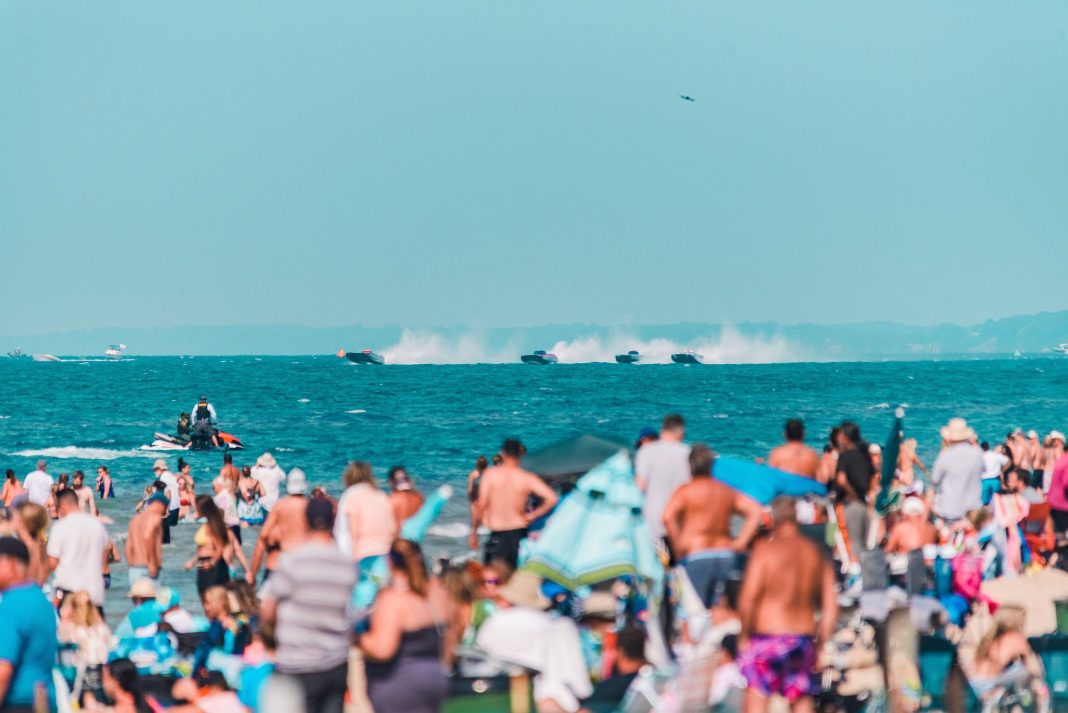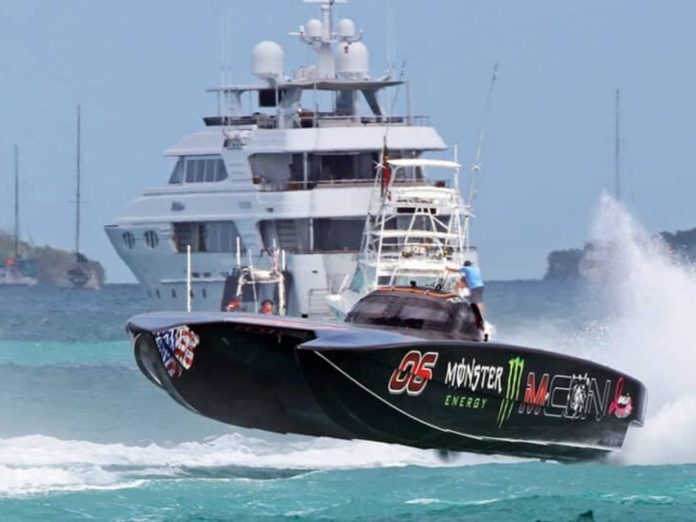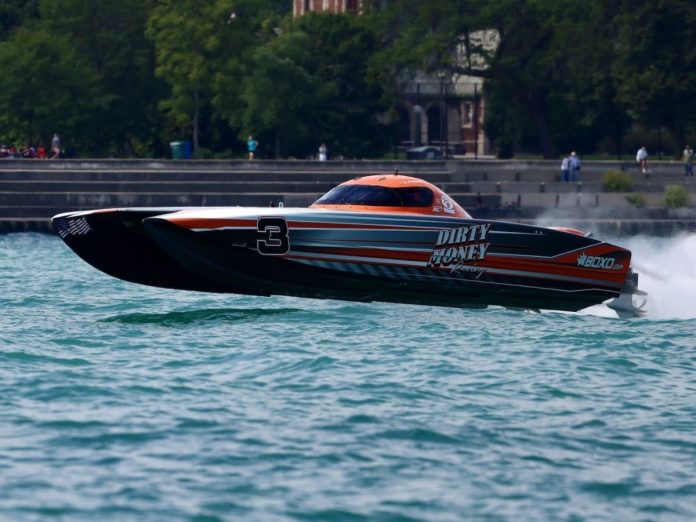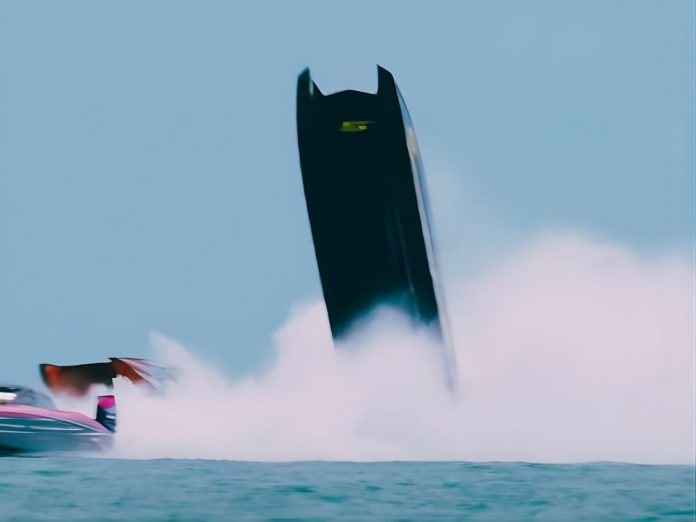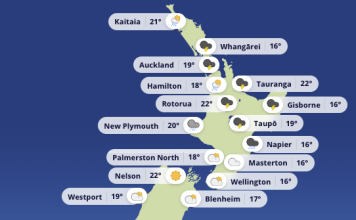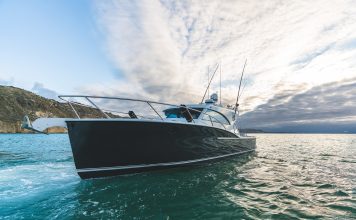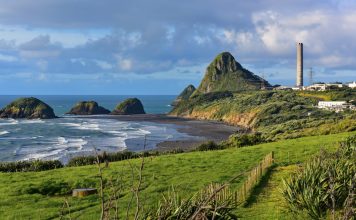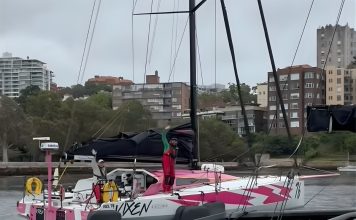Race World Offshore is deep into its 2025 campaign, and after two bruising contests on Lake Michigan the focus now shifts south. The Gulf off the coast of Florida beckons with Clearwater ready to host its annual nationals. For those who live and breathe offshore powerboat racing, this is where the season really begins to tighten, before everything culminates in the legendary Key West World Championship.
Race World Offshore (RWO) has grown into one of the premier names in American offshore racing. Based in Key West, the outfit acts as promoter and sanctioning body that defines the framework, rules, and safety standards for their set of offshore racing events. For decades its championship week in Key West has stood as the ultimate prize, a race woven into the DNA of offshore competition. In the past, RWO was aligned with the American Power Boat Association (APBA), , the US offshore powerboat racing’s longtime domestic sanctioning body, but the decision to chart its own path with an independent season in 2025 has given the sport a cleaner, racer-focused structure. It is a move mirrored by fellow producer Professional Racing Offshore.
The RWO’s move has been about unifying the rulebook, improving safety, and widening offshore’s reach. Technology, GPS enforcement, and even moves toward sustainable practices all reflect RWO’s intent to keep the sport modern and relevant.
The first half of the season has played out on Lake Michigan’s often unforgiving freshwater rollers. Michigan City opened the series, and a few weeks later Chicago followed with a downtown backdrop of skyscrapers and swirling lake winds. Both events rewarded consistency and punished set-up errors, with winds that kept teams guessing on set up. Those races have already shaped the form book.
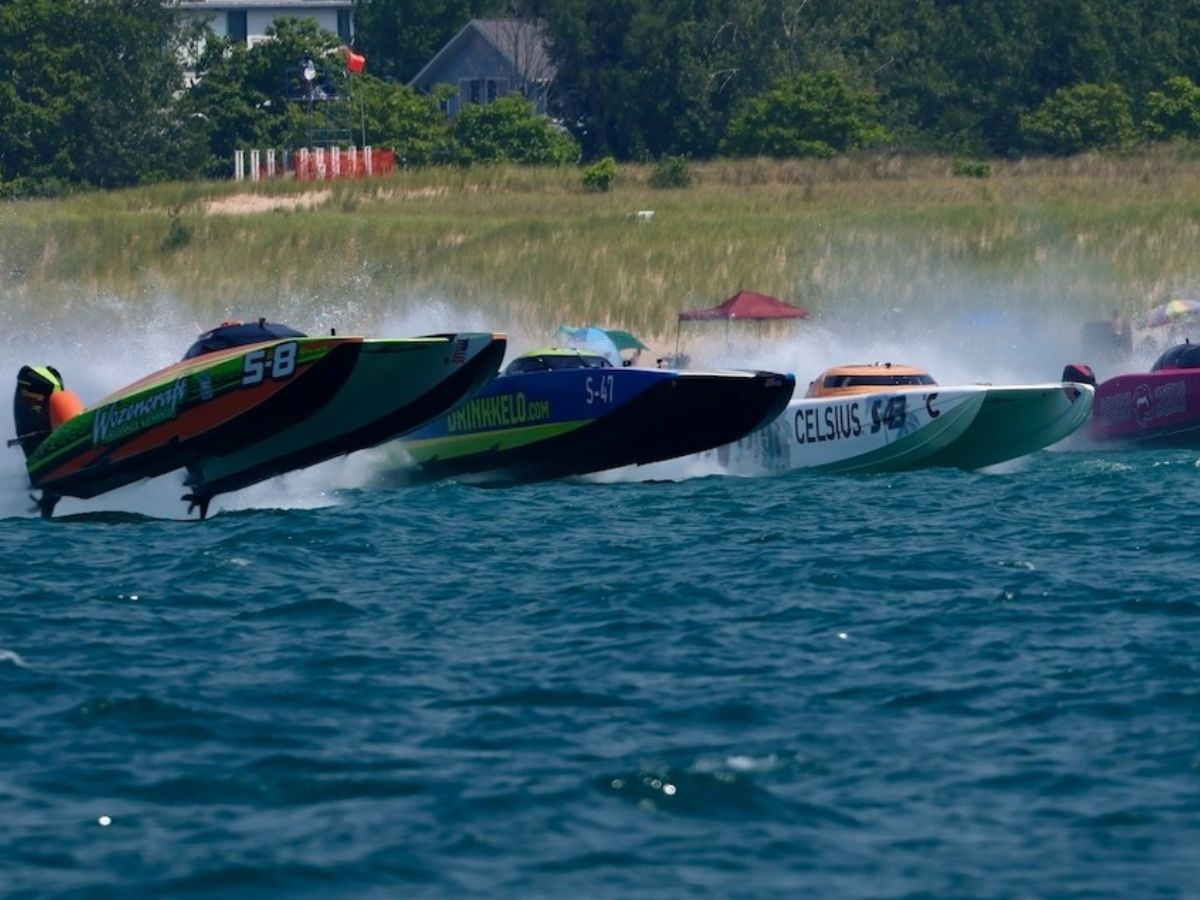
In Pro Class 1 — the absolute pinnacle — XINSURANCE South has been flawless, unbeaten across all four races. Their 45-foot (13.7-metre) Victory catamaran, 11,800 pounds of muscle powered by Mercury inboards, has carried Bill Pyburn and Brit Lilly to the top of the standings. GC Racing’s new 48-foot (14.6-metre) MTI has been quick enough for second places, while Monster Energy/M•CON’s 40-footer (12.1-metre) has kept them honest.
The Super Cat battles have been more open, and that’s exactly what the rules are designed to encourage. These 38- to 44-foot cats carry around 9,500-pounds, run twin 850-horsepower inboards, and are tightly regulated on propellers and ballast. They look similar on paper, but in practice the personalities of each team shine through. C.J. Grant’s Graydel outfit struck first in Michigan City, but the spotlight shifted in Chicago when Dirty Money, a 38-foot Douglas Marine hull from Stuart, Florida, stormed to back-to-back wins in Chicago with Brit Lilly on the wheel and Bill Pyburn on throttles. CR Racing’s Skater, Rollin Transport’s Outerlimits, and EWB Racing have been in the mix but not close enough to pull out a win.
Super Stock has quickly become the sport’s fastest-growing class, with fleets of near-identical 32-footers powered by twin Mercury 300 outboards. At 4,600 – 4,900 pounds apiece, these boats are lighter, nimbler, and perfectly matched, which means the starts are frantic and the racing tight. At Michigan City it was Hi-Tech Deck — an STR Powerboats hull with Shaun Torrente on throttles — that found the edge, fending off Coco’s Monkey and Raymarine/Big East. Chicago didn’t stage the class, so Clearwater will be the next time these stock cats get to scrap.
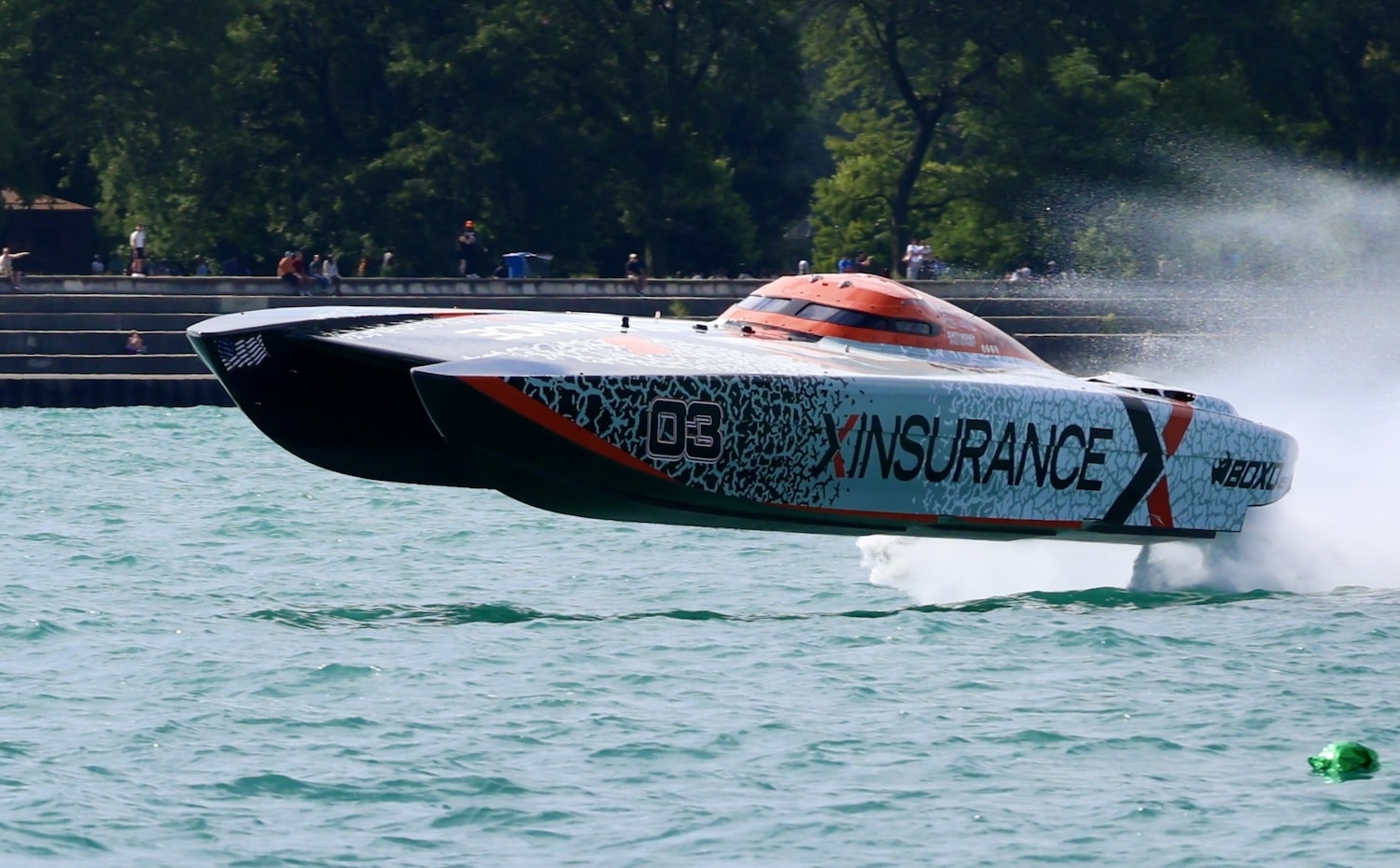
Factory Stock, in its first year as an official category, keeps things even closer to the showroom. Running 38- to 39-foot MTIs with Mercury outboards in strictly OEM trim, there’s little room for interpretation. GC Racing MTI has been the team to beat, sweeping both rounds (although the only boat in its class in Chicago) so far and looking perfectly poised for a Florida clean sweep.
And then there are the Bracket classes, offshore racing’s version of precision driving. Instead of simply going as fast as possible, these boats — which range from 21- to nearly 40-feet, in both mostly vee-bottom shaped hulls — must stay under a capped top speed. GPS monitors everything, and breakouts mean penalties. The strategy is in running right on the number. In Bracket 200, Cade Herbott and his father Keith climbed from third in Michigan City to a win (by default, the only team in their class) in Chicago with their 38-foot Fountain. In Bracket 400, Saris Racing Engines took the opener before Simmons Marine answered back on Lake Michigan. Pump It has collected points in the 500s, while Moderation leads the 600s after their Michigan win. Chicago also saw the Bracket 700 debut, with RedRum’s 22-footer taking the spoils.
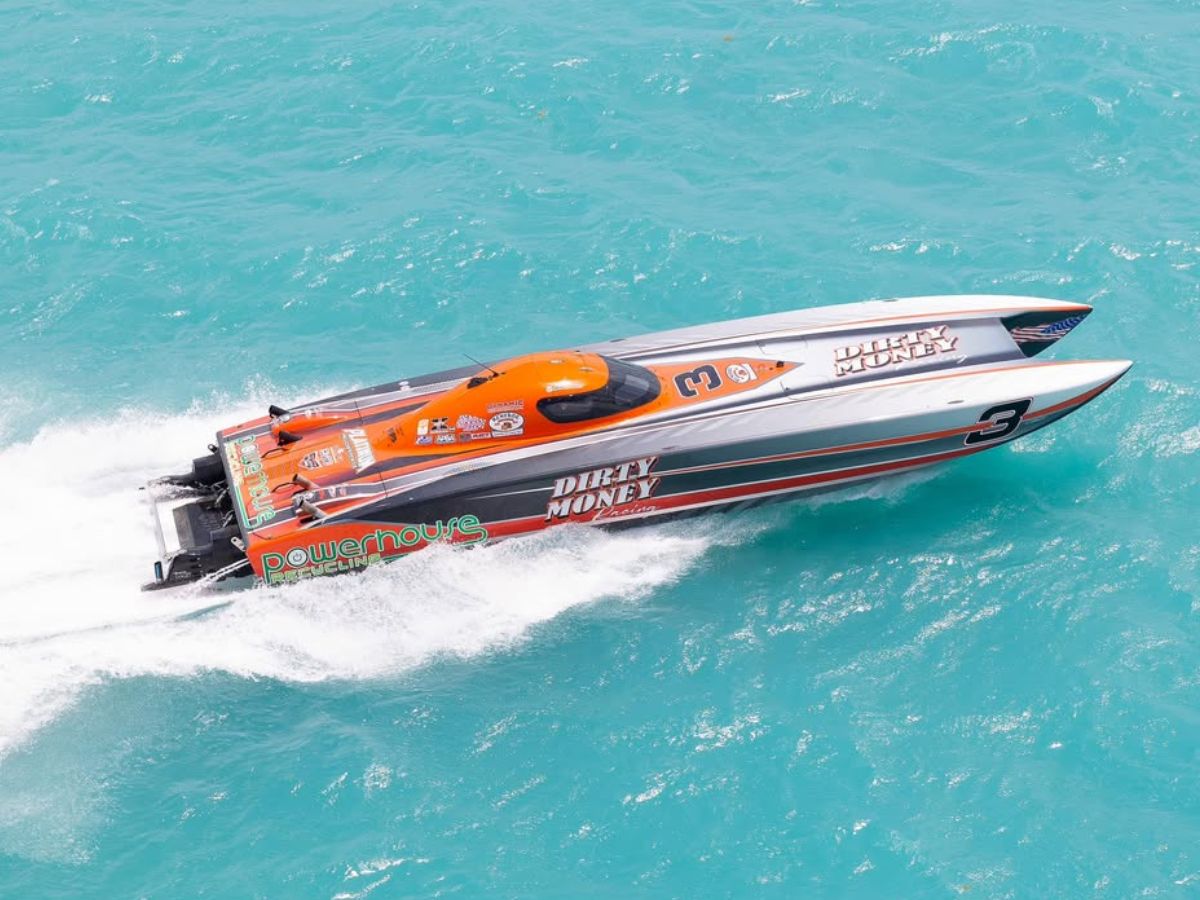
Now it all heads to Clearwater. This race is staged on the southern coast off Florida, where the course runs parallel to the white-sand beaches. Unlike the tight city shoreline of Chicago, the Gulf offers long straights that tempt teams to trim hard and stretch their legs, but the sea can build quickly into steep swells. For the big Pro Class 1 cats, that means rhythm and throttle management are vital. For the Super Cats, it’s about balancing outright pace with reliability in heavier water. The Super Stock fleet are likely to the fray, and in a class where fractions decide outcomes, every gust and every trim change will matter.
Clearwater has long been a crowd-pleaser, but for the racers it is a stepping stone. Everyone knows that two weeks later, the Key West World Championship closes the season in the Florida Straits, where tide, current and shifting breezes will stress boats and crews like nowhere else. That race remains the toughest and most prestigious offshore event in the world, and for RWO it’s the ultimate showcase.
The storylines are already set. Can XINSURANCE South stay perfect in Pro Class 1? Will Dirty Money’s Chicago surge carry through into Florida waters? Can Hi-Tech Deck repeat its Super Stock form, or will Coco’s Monkey and the rest find another gear? And in the Brackets, who will hold their nerve against the stopwatch?
Two rounds in, two to go. The Great Lakes have had their say, and now the Gulf and the Straits will decide it. For offshore fans, that’s exactly how it should be — American waters, and the sport at its raw, thundering best.








